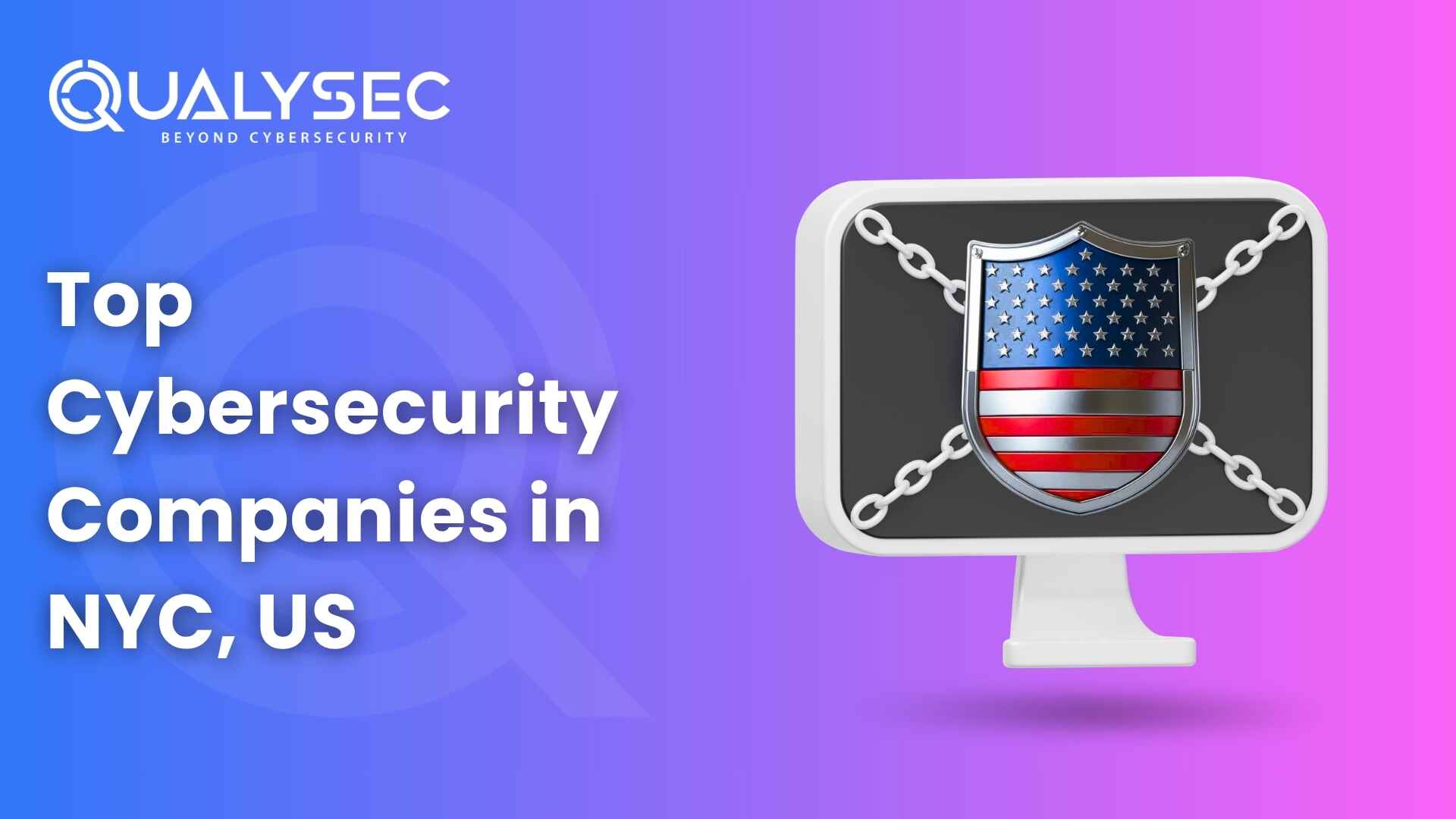In the current world, the business sector is experiencing a fast transformation through digital technology, and most organizations have resorted to using web-based applications in their business. Although this has the advantage, it creates a new problem. Web application security best practices are essential because web applications are designed for users with an Internet connection; thus, they are more exposed to threats than other digital systems. An attacker probably chooses them to extract information, to damage its services, or just to create disruption. Most attacks target user data, and the rest are via web forms or APIs, which are mechanisms through which different applications share information.
That is why this guide is written to allow business owners, product managers, and technical leaders who may not have an IT security background to quickly grasp the concepts of web application security. Here, you will find out some of the frequently seen threats, how you can best protect your application, and the measures that are necessary to reduce such risks. Implementing such tips is very effective, especially in ensuring that your business doesn’t fall victim to data breaches and subsequently suffer major losses as per security.
Why Web Application Security is So Important?
Since internet integration increases operational processes, more frequent and complex cyber threats occur. Web applications are the favorite targets of hackers because of their openness and accessibility. A successful implementation of these attacks will cause losses to companies, a damaged reputation, and severe disruption of business processes. However, since the data belongs to the client, lax security measures are not a luxury that any business working with such information should afford.
That is why if the company decides to neglect security, it jeopardizes client information, gets fined, and loses people’s trust. It is also important to understand that consumers are not likely to interact with firms that are not well protected. In fact, companies such as Google punish sites with insufficient security and reduce their rank, which may inhibit people interested in purchasing X’s products from finding X on the web. Following best security practices for web applications is essential as the protection of the web application goes beyond the protection of data; it also encompasses the protection of the image of the business, its future profitability, and the possibility of conducting its business efficiently.
Are you want to protect your web applications from cyber threats? Connect with experts at Qualysec and secure your digital assets now!
Talk to our Cybersecurity Expert to discuss your specific needs and how we can help your business.
3 Reasons Why Web Application Security Should Be a Priority
Web application security is very important. There are three main reasons why it should be a top priority.
- First, it helps protect important data. This means only the right people can see or use sensitive information. If this data is not protected, it can be stolen or misused. Keeping it safe is crucial.
- Second, good security helps businesses follow important rules. These rules are laws that protect people’s data. For example, in Europe, there is the General Data Protection Regulation (GDPR). In the U.S., there is the Health Insurance Portability and Accountability Act (HIPAA). There are also rules like the Payment Card Industry Data Security Standard (PCI DSS) worldwide. If businesses do not follow these laws, they could get into big trouble and be fined.
- Third, strong security builds trust. Customers care about their privacy. When businesses protect their data, customers feel safe. If customers trust a company, they are more likely to use its services and buy its products.
In short, following web application security best practices is important to protect data, follow the rules, and gain customer trust. It is essential for businesses to take security seriously.
Common Security Risks in Web Applications
Web Application Security Risks include various threats; some of the most common are:
- Credential Stuffing: One is that the attackers use usernames and passwords from other breached sites to authenticate themselves on other web apps since most users use the same credentials across multiple websites.
- Brute Force Attacks: These attacks see the latter guess a huge number of username and password combinations to log into an account, the process that may bring down the site.
- SQL Injection (SQLI): Hackers enter a small SQL code into a database to gain private information such as emails or administrative access to a site.
- Cross-Site Scripting (XSS): They put bad codes on secure sites, and end users fall prey to them when they open up a specific site.
- Cookie Poisoning: Cookies set in browsers are changed by hackers to receive data kept by the web app.
- Man-in-the-Middle (MITM) Attacks: Hackers act in the middle between the developed application and its user to gain control over the interaction process.
- Sensitive Data Disclosure: The scholars reveal that some web apps leak plain text because of insufficient protection mechanisms against hackers.
- Insecure Deserialization: This involves the attack of placing code with the intent of performing multiple actions, among them injecting SQL and denial of service.
Web Application Security Best Practices
1. Conduct Security Assessments Early
Begin by identifying security threats to get acquainted with the threats that will affect your app. Every application has its own threats, but the probability and severity of the occurrence of these threats differ for each of them. The most important security controls that help you minimize the risks of the apps can be defined as:
2. Use Secure Configurations
Web apps need a good foundation. All the leading suppliers provide security procedures and tips on creating secure configurations for the systems. For instance, many systems have CIS Benchmarks as reliable security frameworks.
3. Document Software Changes
When creating software, it is recommended that any changes be documented, as well as the effects that such changes may have on security. Always evaluate the impact that change has on the security of data and always record them. Not only does this practice help with auditing, but if there are security problems, it is transparent about them.
4. Validate Input Data
One of the frequently reported problems is when users send invasive data inputs to the app. Modern web frameworks have input validation features that prevent harmful data from entering the system. Always create custom code with input validation in mind to block injection attacks.
5. Use Encryption for Sensitive Information
Although the secure method of passing or storing information is very vital, data encryption should also be required. SSL (Secure Socket Layer) protects information that is transmitted across a disclosed network so that it can only be used by those permitted to use it. Choose reliable encryption software, only allow standard tools, and ensure proper encryption key management to avoid a break-in.
6. Regularly Update Dependencies
Web apps are usually developed with the help of numerous available third-party components that can contain security issues. Updating it time and again and applying the necessary patch are crucial to keep it secure. If the patch opens new risks, apply extra layers, say firewalls, until the patch has been proven safe.
7. Implement Logging
As far as the process of protection against theft is concerned, it is necessary to log any related action that takes place as a result of the event’s occurrence. Protect log files from access by the outside world and check that system clocks are in sync for record’s sake. In the case of security incidents, logs offer great value for searching and investigation purposes.
8. Backup and Recovery Plans
As high security can be applied to the information, the data could be lost or corrupted. Backups are an important process to fulfill the needs of data retrieval and maintaining systems working at their optimum level constantly. Reportedly, backup systems quite often or fairly often to check the data backup quality and incorporate backup plans into the security plan.
9. Train Employees on Security Basics
That is the reason, and security awareness among employees can go a long way to minimize such risks. The organization should provide periodic seminars concerning the proper formulation of passwords, how to identify phishing scams, and the proper handling of data. This also eliminates cases of data leakage and makes the employees become an active part of the company’s security.
10. Manage Permissions Wisely
Regarding this policy, access should only be granted only as it is required for each employee. This ‘minimum access’ principle minimizes the probability of an intruder getting access to data. In cases where users are idle for some period, their accounts should be deactivated or at least suspended, and more so, strict permissions should be set as possible.
11. Strengthen User Authentication
Passwords can be inadequate at times. Use MFA, an additional measure that will enhance the security of your software. With MFA, there can be other factors such as a time pin, a hardware device token, or even a biometric scan like fingerprints.
12. Monitor for Anomalies
Create a kind of monitoring alarm for any strange activities. Such behavior may show that a breach is in the offline phase, and punctual detection is crucial. Take a look at any alerts received without delay and replace the current security controls if there is a problem fixed.
13. Conduct Security Audits and Penetration Testing
Security audits check if your app follows current security standards. These audits make sure everything is up to date. Web app penetration testing is when experts pretend to attack your app to find weaknesses. They try to break into your system to see if it’s secure. Doing audits and tests regularly helps keep your app safe. It also ensures your app meets all the rules and regulations.
14. Manage Vulnerabilities
When a weakness or vulnerability is found, fix it quickly. It’s important to act fast. Apply security patches to protect the app. You can also adjust firewall rules to block threats. Keep an eye on the situation to make sure everything stays secure. Assess how serious each threat is. Take the necessary actions to fix it and keep your system safe.
15. Prepare for Potential Breaches
No security system is perfect. There’s always a chance of a security breach. Even with strong protection, things can go wrong. That’s why it’s important to have a plan for when it happens. Create a crisis response plan. Have a team ready to handle the situation. Include a list of steps to follow during a breach. Be ready to talk to your customers, regulators, and even the police if needed.
16. Stay Updated on Emerging Threats
The world of cybersecurity is always changing. New threats pop up all the time. Hackers are constantly finding new ways to attack. That’s why staying updated is so important. Follow cybersecurity news. Pay attention to new vulnerabilities and risks. Make sure you are aware of the latest security issues. Subscribe to newsletters and alerts from security experts. Join online communities and forums to share information with others.
Regularly review your app’s security. Make sure it’s ready to defend against the latest threats. Update your software and tools to protect against new risks. Patching and updating quickly can prevent attacks. Staying ahead of potential threats helps keep your app safe. It also shows your customers that you take their security seriously. They will trust your company more when they know you’re up to date on the latest risks.
In Summary
Securing web applications is very important. It protects sensitive information and keeps customers’ trust. While no security is 100% perfect, following web application security best practices lowers the chance of breaches. Make sure security is a priority at every stage of your app’s life. Train your staff, stay updated, and be aware of the latest threats.
By following these steps, you can create a safer environment for your business and your customers. Regular updates, secure settings, proper training, and constant monitoring are the keys to a strong security plan.































































































































































































































































































































































































































































































































0 Comments